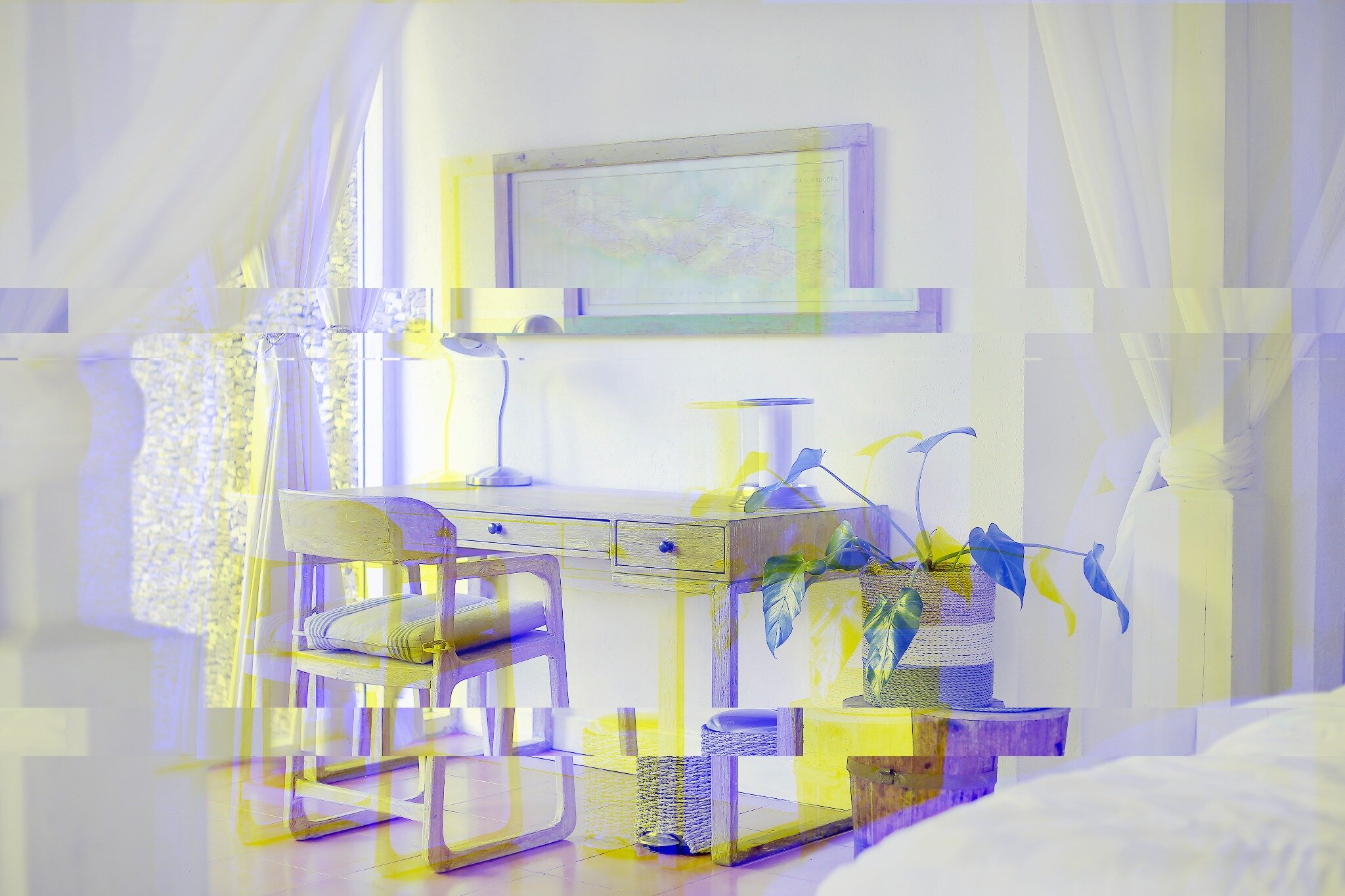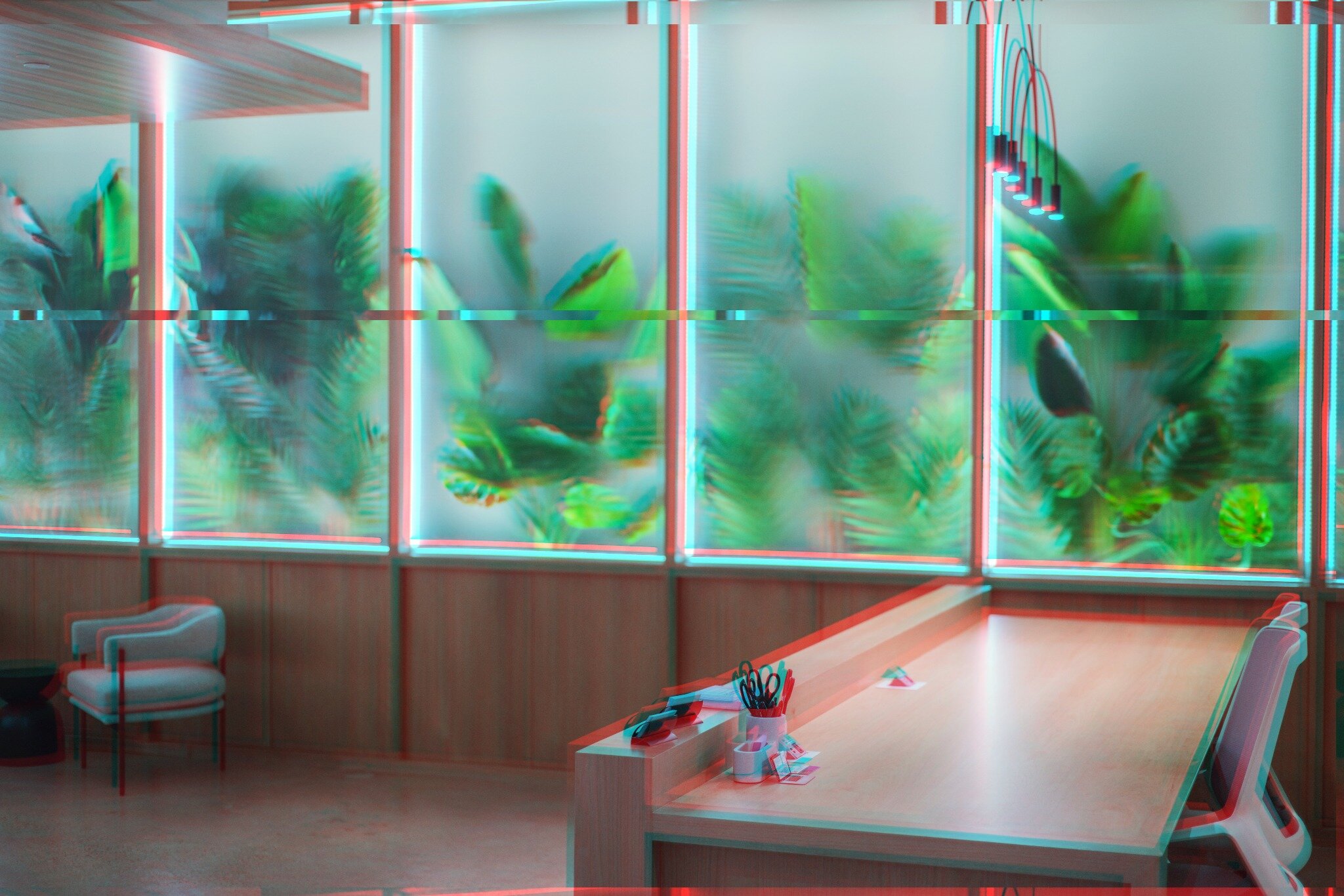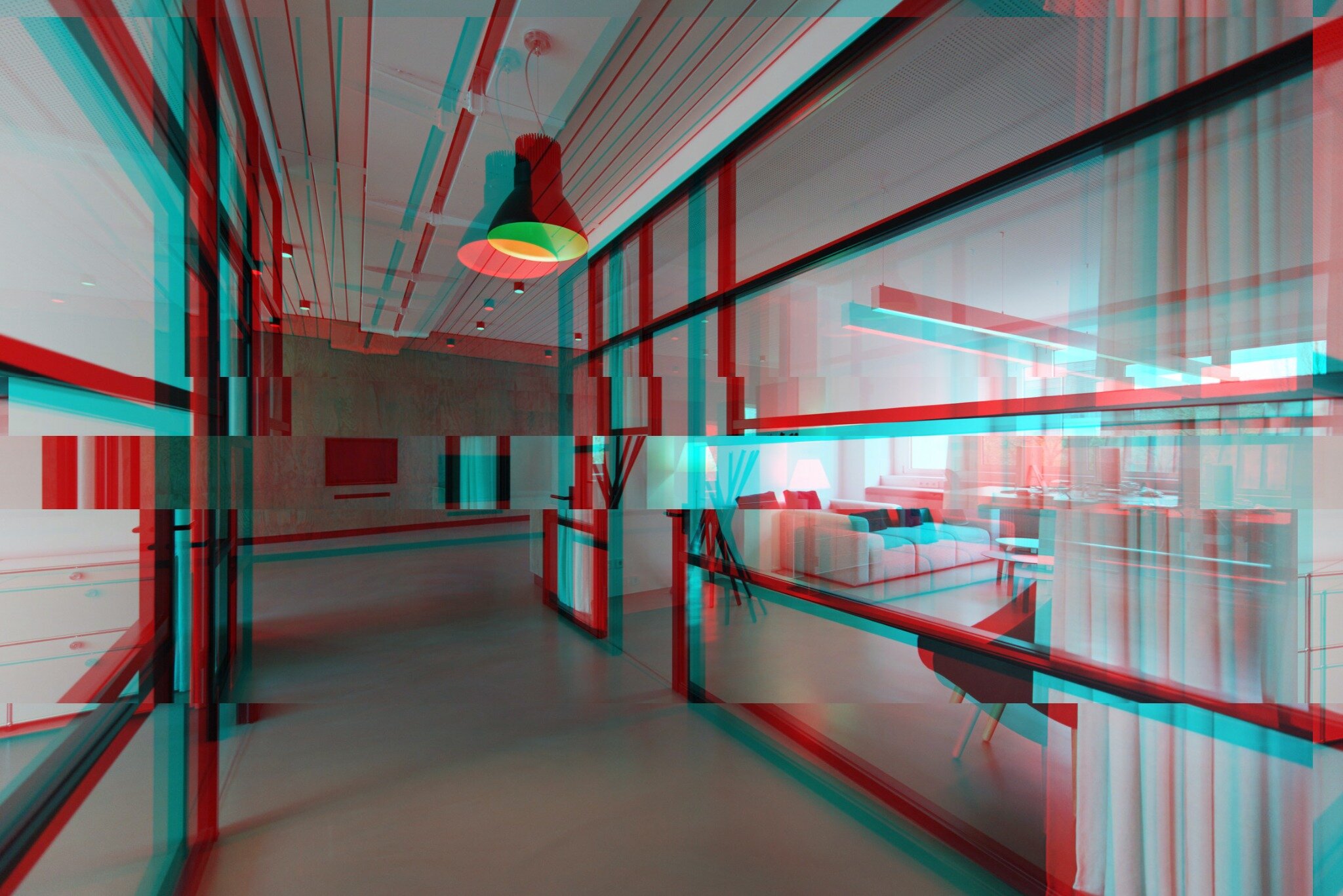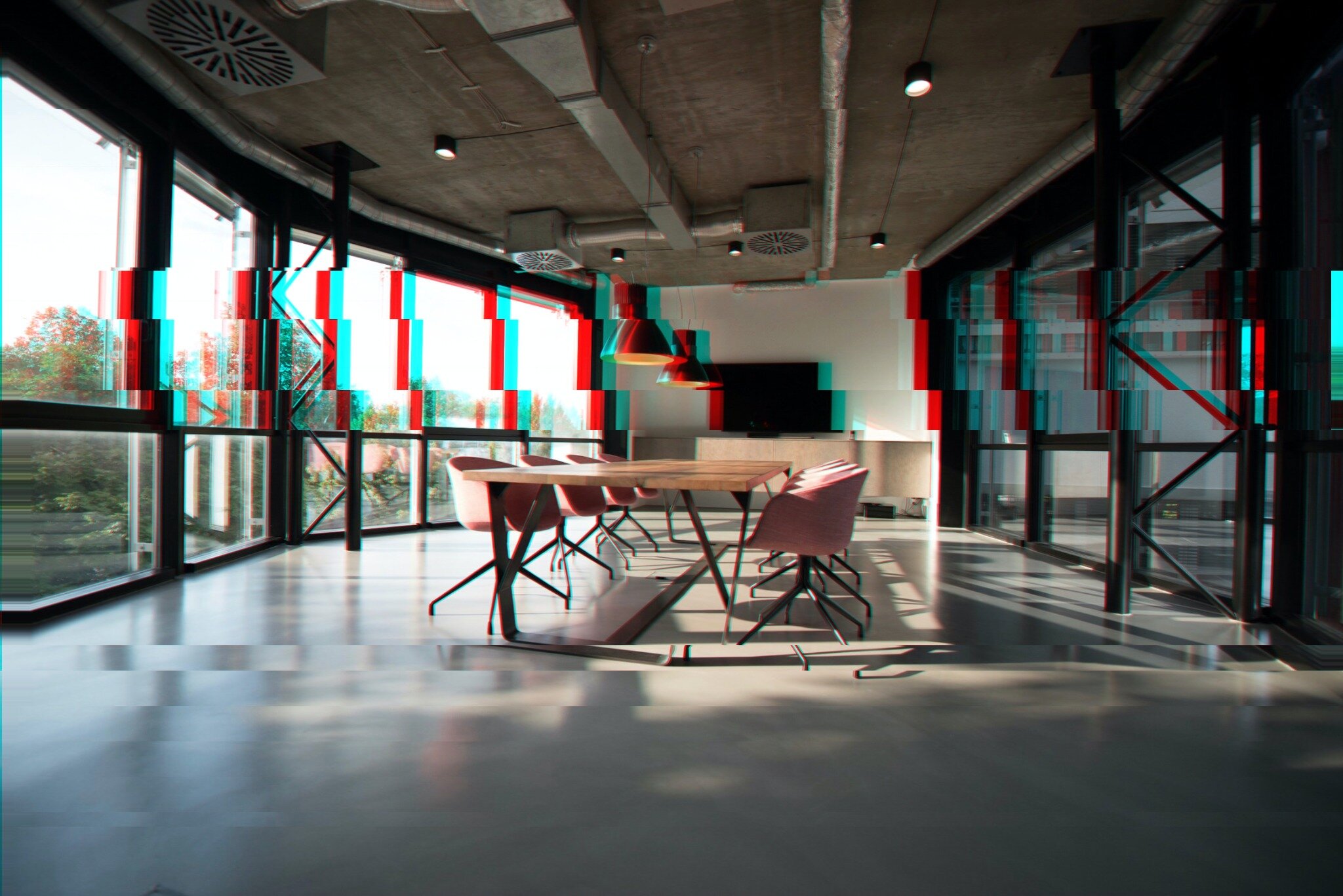
non crederai mai a quello che i nostri discendenti ci rinfacceranno
The piece ‘non crederai mai a quello che i nostri discendenti ci rinfacceranno’ is a visual poetry piece written in Italian, made of two poems in conversation with each other, with data and ‘glitched’ images as background. It uses digital spaces and historical data to touch on three topics that often recur in contemporary discussions on our future: climate change, technological progress and fake news.


The two poems are inspired by different places and moments in time: Cannaregio 2120 is a brief story of love and grief, set in a not-too-distant future dominated by the dramatic effects of global warming. The data in the background is the collected daily data in Venice, recording the weather for every July from 1973 to 2020. This data includes rainfall, humidity, wind force and the average temperature for each day of the hottest month for the last 47 years. Although it might be hard to notice a clear change in the miniscule background numbers, the increase in temperature slowly reveals itself flooding and drowning the text of the poem.
Londra 2020 is an example of found poetry that mixes online headlines in a poetic collage to represent our present time. Each line is taken from a headline found online - some from Italian sources, others translated into Italian using Google Translate, resulting in absurd and alienating verses. Regardless of their source, all these have one thing in common: they are all fake news. Many of these articles make use of clickbaiting, with sensationalist yet vague headlines to attract as many clicks as possible - the title of the piece ‘non crederai mai a quello che i nostri discendenti ci rinfacceranno’ (‘you’ll never believe what our descendants will hold against us’) is also based on this technique.
The images that surround the text of Londra 2020 are all screenshots of virtual backgrounds for the video-conferencing platform Zoom. Using virtual backgrounds during video calls is a way to protect our privacy, but also a way to remove our differences in terms of location, nationality and even class. There seems to be a preference for a specific kind of aesthetic: minimal and distinctly Western. The screenshots were modified to mirror the glitches, blurriness and other bugs typical of virtual communications.















The two poems that make the piece are divided by time and space, but as the data and images gradually mixing and overlapping in the background might suggest, not as far apart as one might think. The choice of putting Cannaregio 2120 first was made on purpose, even if chronologically it should be second - a warning on the consequences of our unsustainable lifestyle, but also an invitation and a wish to embrace change while we still have the chance.
Zoom backgrounds downloaded from Unsplash, edited using PhotoMosh.
Archival 1973-2020 weather data for Venice downloaded from iLMeteo.it.
non crederai mai a quello che i nostri discendenti ci rinfacceranno was exhibited as part of the ELO 2022 Art Festival in Como, Italy and online.


